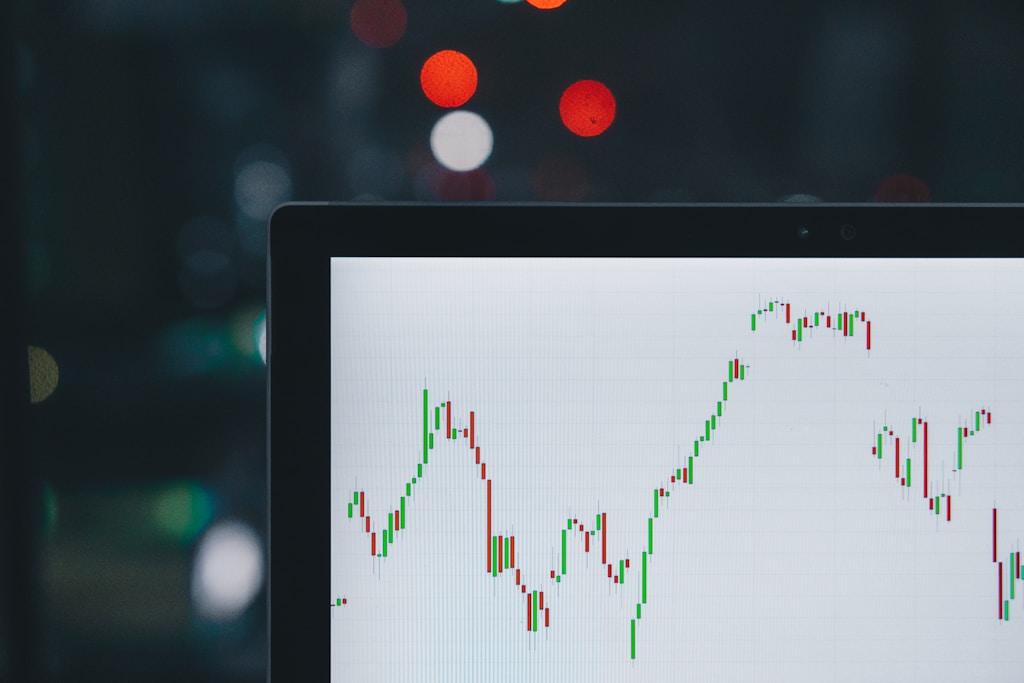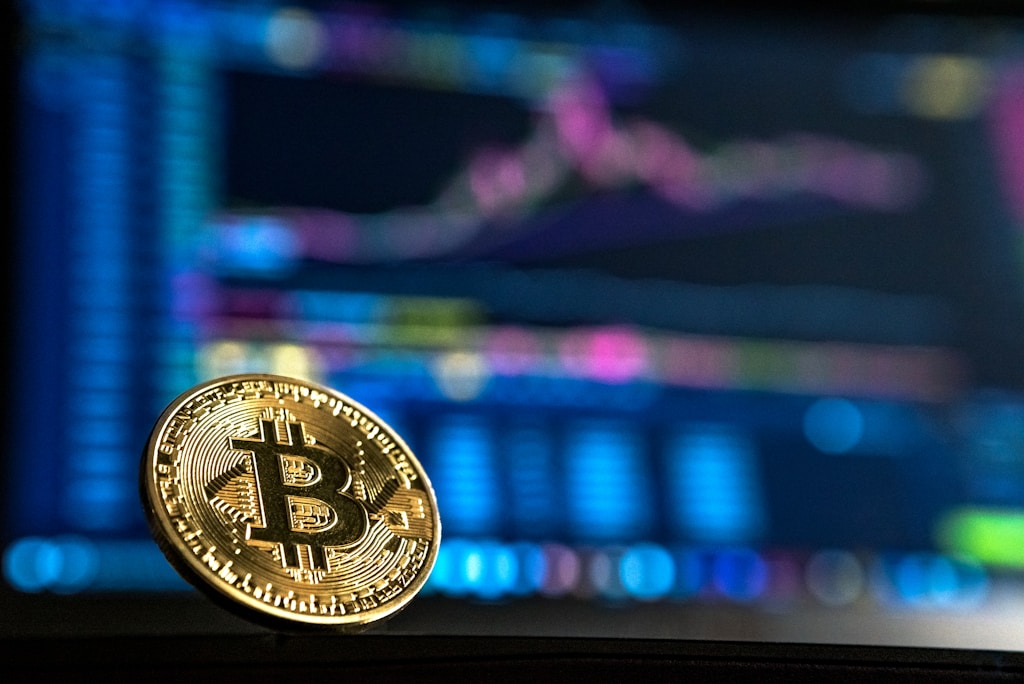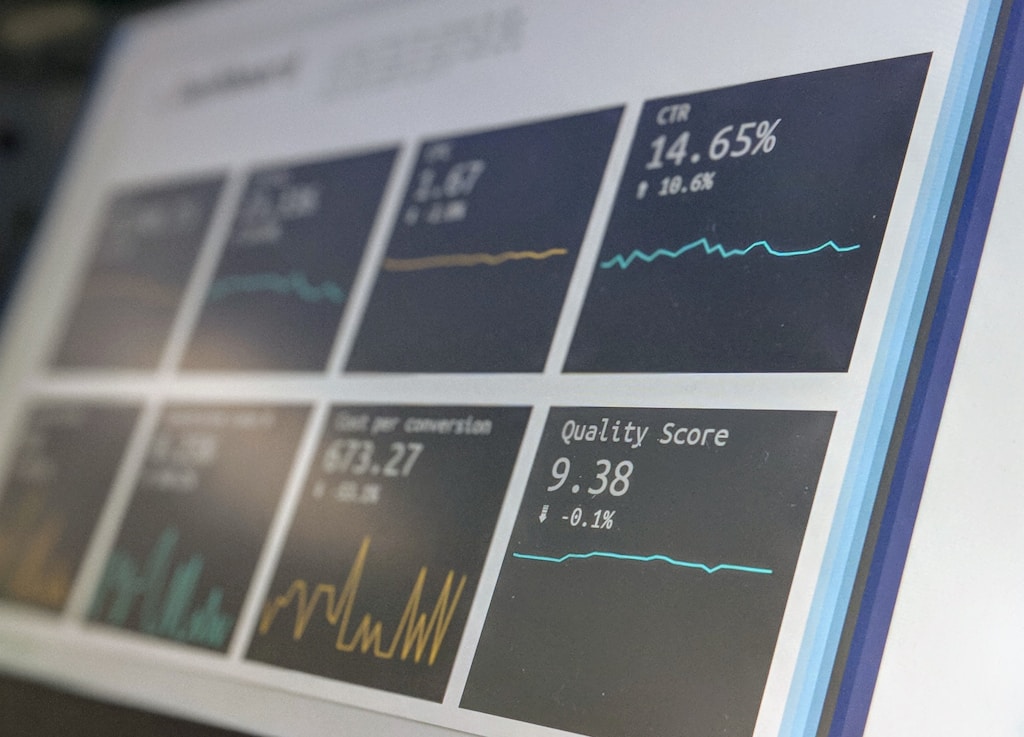Ethereum investors are witnessing a remarkable turnaround in profitability, with nearly 60% of holders now in profit as the second-largest cryptocurrency shows strong signs of recovery. This dramatic shift in investor sentiment coincides with Ethereum’s push toward the critical $3,000 level, marking a significant milestone in the asset’s 2025 performance.
Ethereum’s Profitability Metrics Show Historic Volatility
According to data from Sentora (formerly IntoTheBlock), Ethereum’s Historical In/Out of the Money indicator has revealed unprecedented market movements. The metric, which tracks investor profitability across the network, shows a dramatic recovery from April 2025’s low of 32% to the current 60% level.
Key Technical Levels and Market Recovery
The recovery has seen ETH reclaim several crucial price levels:
- Realized Price: $1,900
- True Market Mean: $2,400
- Current Trading Price: $2,660
- Next Target: Active Realized Price at $2,900
Historical Context and Market Implications
Sentora analysts note that this level of volatility hasn’t been observed since the 2017 cycle, suggesting a potential repeat of historical bull market patterns. The dramatic swing from December 2024’s 90% profitability to April 2025’s 32% low, followed by the current recovery, demonstrates the market’s resilience.
FAQ Section
What does the current profitability level mean for Ethereum?
The 60% profitability level indicates strong market recovery and growing investor confidence, potentially signaling the start of a new bull phase.
How does this compare to historical patterns?
The current volatility matches levels last seen in 2017, suggesting similar market dynamics and potential for continued upward momentum.
What are the next key levels to watch?
The Active Realized Price at $2,900 represents the next major technical resistance level for Ethereum.





